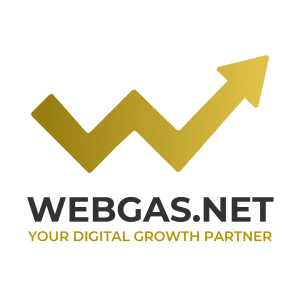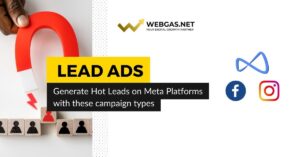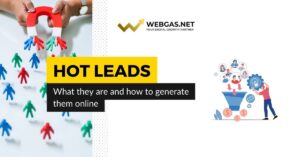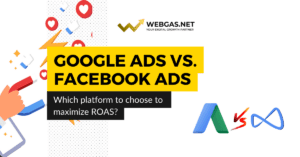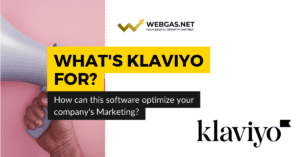Do you want to start investing in Ads for your brand, but don’t know where to start?
We understand that this is not easy. There are truly many platforms which to invest on.
From the more “famous” ones like Facebook Ads (now Meta Ads) and Google Ads to niche ones like LinkedIn or Twitter.
In this article we will explain the differences between Facebook Ads and Google Ads, the two most popular advertising platforms, the goals you can achieve on each platform, the visual differences between the two, and the advantages of each to grow your business or brand.
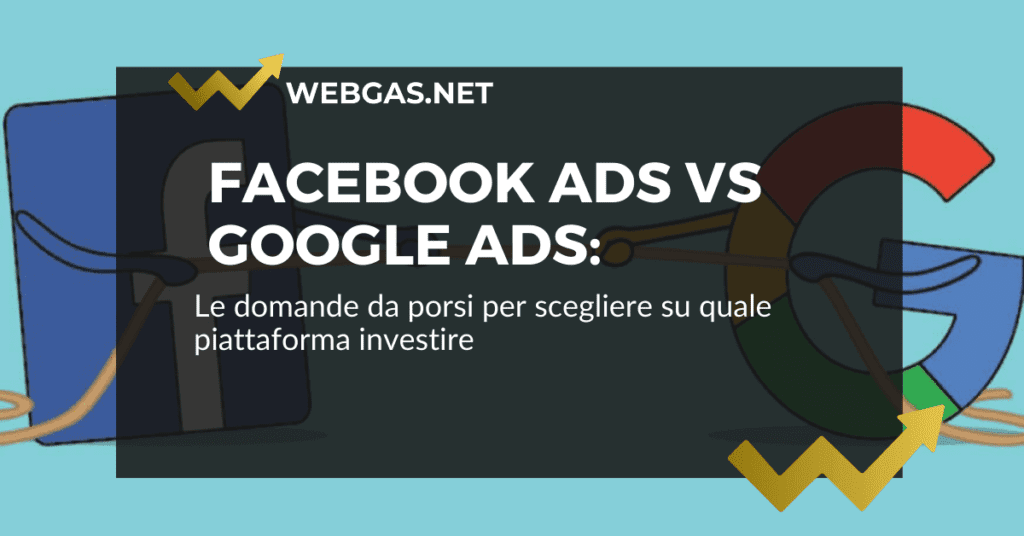
How the two platforms work: Facebook Ads vs Google Ads
Let’s start with the basics, the operation of the two platforms.
1. Google Ads
Google Ads is a Pay per click platform, this means that you only pay when a person clicks on your ad.
Google Ads placements are different, we have:
- Search Network ( the core of Google Ads)
This allows advertisers to show ads for their business to users who are actively searching for the products or services offered by your business.
How is this possible?
Simple.
You select keywords relevant to our business, on which we will bid (this term, in a nutshell, means the bid we make per click ).
As a result, when the customer types in that keyword, the ad will appear at the top of the SERP.
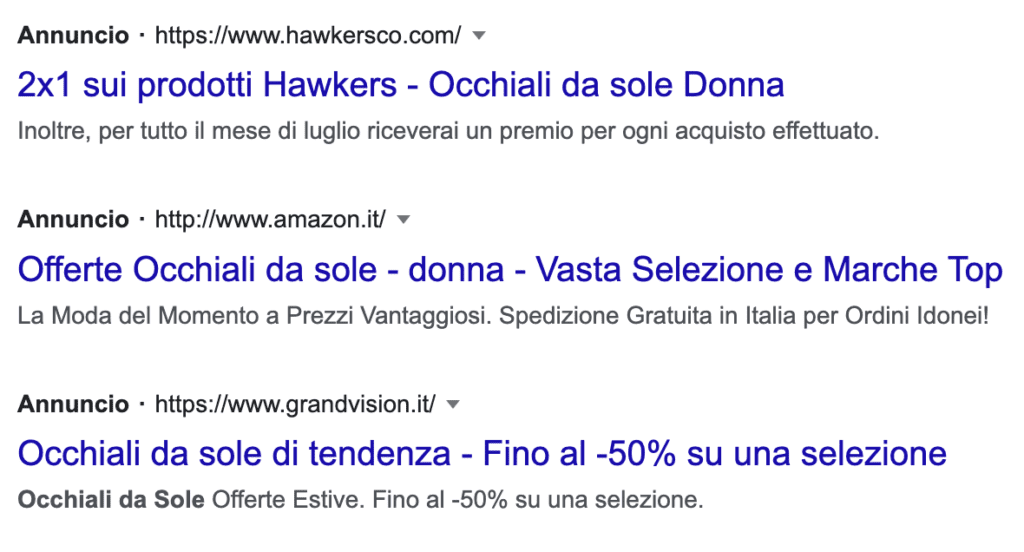
- Shopping ads
In this case the ads are not textual as for the search network but visual.
Ads are automatically created based on the product feed.
What is the product feed?
It is a file that allows an online seller to export their product catalog to an online sales platform, in this case we will export it to the Google Merchant center.
The ads then go and get this information from the feed that is linked to the Merchant Center, which is linked to Google Ads.
The combination of these elements gives us the shopping ads.
We cannot bid ( make bids ) on keywords in this case, it all depends on the words searched by users.
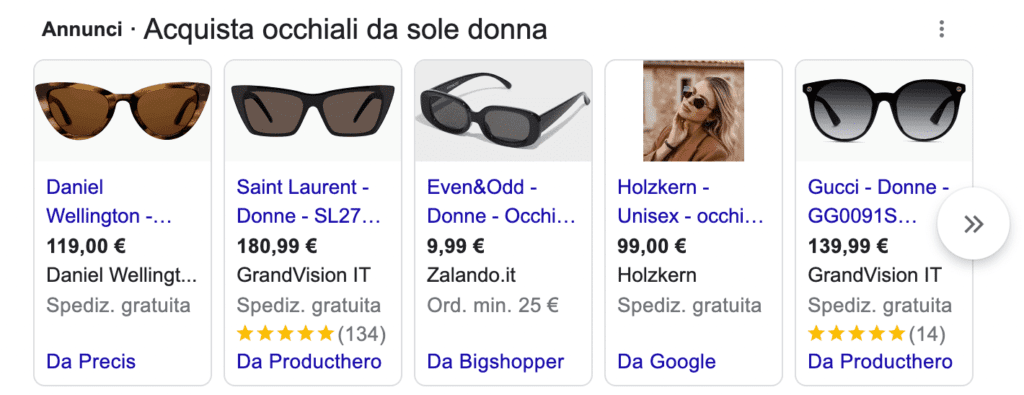
- Display ads:
Display ads help you promote your business when users are browsing online, watching a YouTube video , checking their Gmail inbox , or using an app or mobile device.
They consist of animated or static banners that are based on Adsense placements.
We can use static Ads based on formats that we go and create and upload to the platform or we can create adaptive ads, which Google adapts to the available space.

- Video ads:
Video campaigns allow you to show ads within YouTube videos and on websites and apps running on Google video partners.
The main format is the in-stream Trueview, which gives us the opportunity to create short videos to promote the product .
These video announcements can be inserted before, after or during the video played by the user.
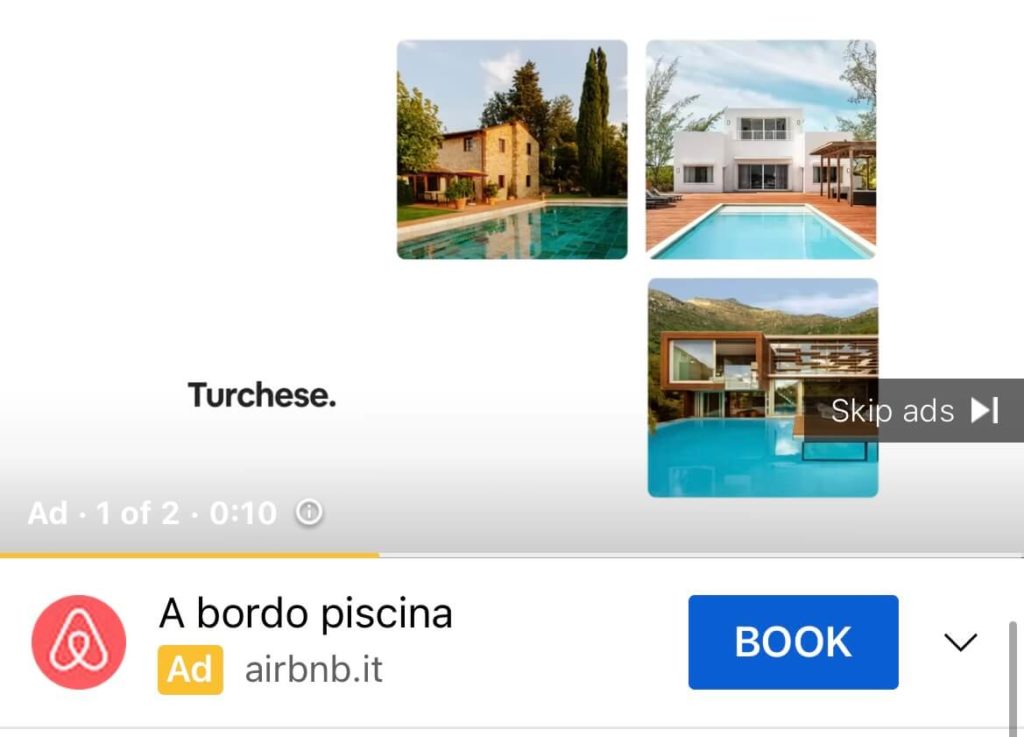
- Discovery ads:
They are a new type of campaign and are divided into: youtube feed, gmail tab promotions and android discovery feed. Formats can be carousels and pictures.
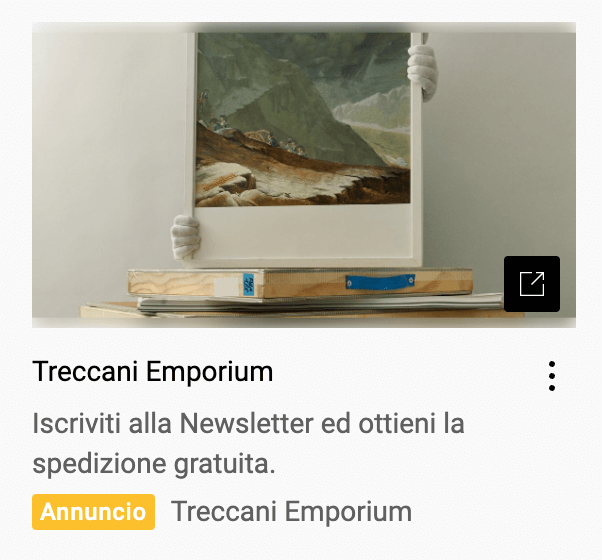
- In app campaigns
They promote in-app downloads or purchases.
Ads are visible on search, display and youtube .
Google connects information from the App store and Play store with Google Ads.
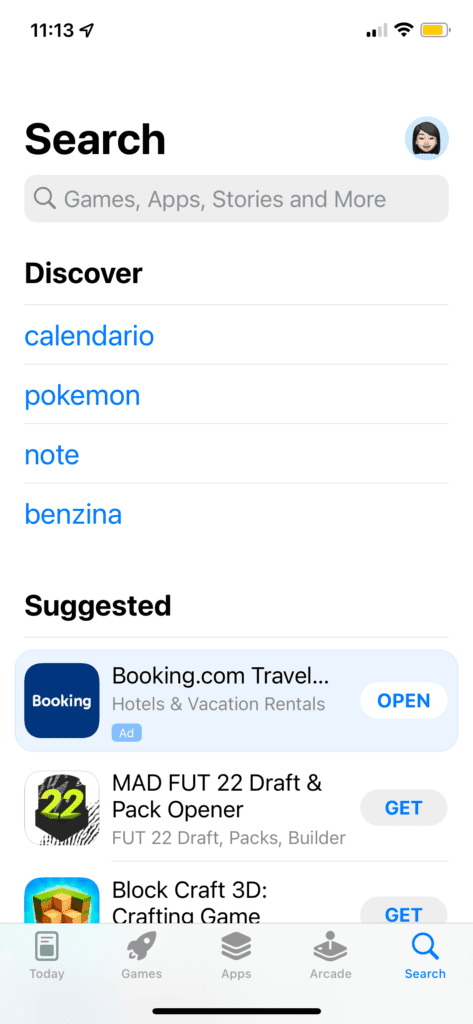
The peculiarity of Google?
Google, through search and shopping placements, responds to precise, timely demand that needs immediate solution, enables visual advertising on more than more than 2 mln sites, and allows reaching more than 90% of internet users.
If we consider display and video campaigns, these may fall under the category of “push advertising” even though the user seeing the ad is still profiled.
Now that you understand what and how many placements Google can offer, let’s turn to Facebook.
2. Facebook Ads
The Facebook ads are paid ads that, as you might imagine, appear on Facebook and Instagram.

Facebook ads, may appear in different locations:
- Facebook Newsfeed
- Instagram news feed
- Facebook Marketplace
- Video feed
- Right column
- Messenger Inbox
- Instagram stories and reels
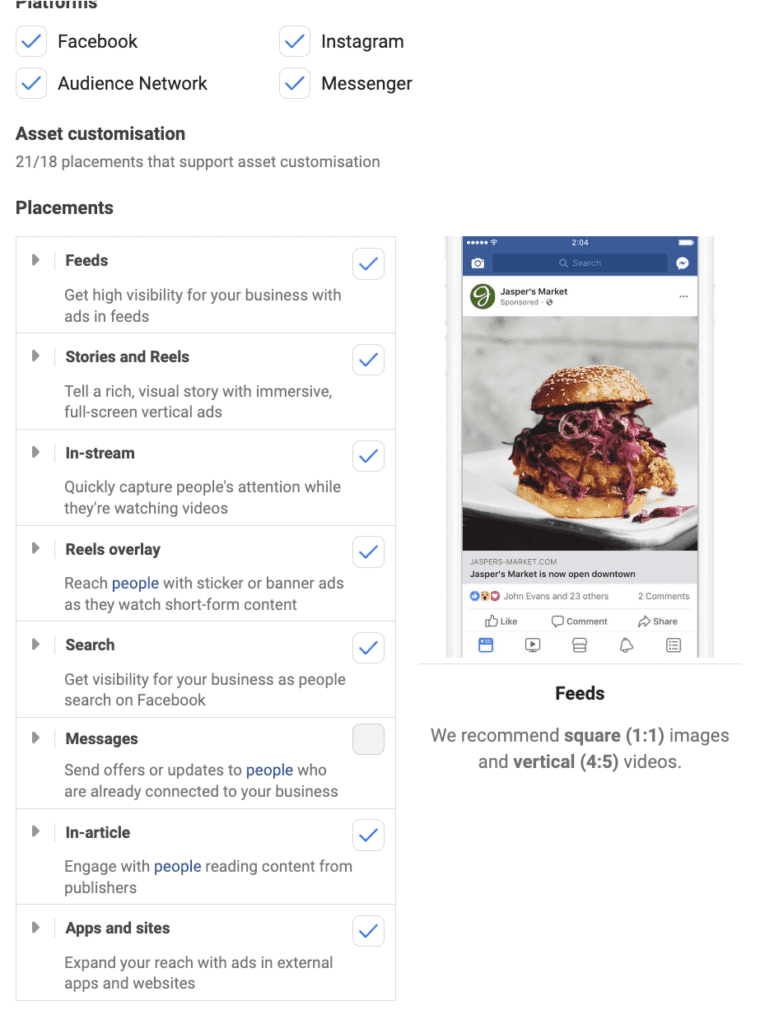
Facebook ads are shown to users who are not actively searching for a product or service as happens in Google search, but rather the ads will appear in a possible user’s Newsfeed on Facebook and Instagram.
If you want to know how to make super effective ads for your Facebook Ads, this article will give you a lot of useful insights.
On Facebook it is possible to do acquisition in a very precise way thanks to its advanced profiling capabilities, plus it is an inexpensive channel to gain visibility and reach many people, being the social platform with the largest number of monthly active users.
There are in fact about 2.60 billion registered users on Facebook, of these, about 1.75 billion use it daily (they are “active users”).
This creates the optimal space for a variety of companies to advertise on.
Therefore based on the connections, interests and behaviors displayed by people browsing the web, Facebook is perfectly able to know who might be interested in a particular advertisement.
I imagine you will now be super confused after all this information, but don’t worry in the following paragraphs we provide further clarity.
Conscious question and Google Ads
Conscious demand includes people who are aware that they have a need, a need to be met, are looking for the solution to their problems, and a way to fulfill their desires.
So before you decide whether to invest in Google, you need to think about your product and your customers and ask yourself:
“Where do my customers come from?”
“Is my product known?”
“Does the product or service I offer get searched on the Internet (such as Google)?”
“Is my target audience well defined?”
If the answer to these questions is yes, your traffic is probably coming from an informed demand.
In this case you can intercept this demand through, for example, Google search campaigns.
This is why Google advertising is defined as “pull.”
The ability to intercept specific user searches and show products/services that reflect these searches and solve their problems is definitely the strength of Google on which, as of today, it is the undisputed leader.
Therefore, considering search positioning, the keywords they enter in the search bar arise from the need to find what they are looking for.
The question that Google searches is conscious.
If we instead consider campaigns on the Display Network, Youtube and Gmail, we are in the realm of latent demand.
Latent demand and Facebook Ads
In contrast to conscious demand, latent demand includes people who have not yet expressed an interest in your product or service, but may be interested. These are target customers to whom you can potentially sell your product or service but who are not ready to buy now.
You may be wondering , “ If they are not ready to buy what do I care?”
Well, these users may have the same problem as those who actively search Google, but simply, for some reason, have not searched anything yet. They just need to be stimulated.
Here comes Facebook to the rescue, with its “push” advertising, which aims to create a need in the unwitting user.
“Ok but how do I tease them?”
Simple, with Ads that smash the feed, with memorable visual content and copy consistent with your brand positioning.
Here you can find a guide guide for creating winning Ads, make good use of it.
Which one to choose? And why?
Well now comes the hard part:” which of the two platforms do I choose for my product?”
In general, using one platform over another depends on your business goals and what you intend to achieve.
If you want to reach new customers who are in the buying process, Google Ads might be a better fit for you.
But if you want to build your brand awareness and create a strong audience instead, Facebook will help you at a lower cost than Google.
Of course, you also have to consider the issue of budget at hand.
My advice, however, is to view these two powerful platforms in a complementary way, not as competitors.
Have you ever heard of ” multichannel purchasing process”?
A user’s customer journey is increasingly multichannel and multidevice.
This means that, most first-time buyers who see your product are not ready to buy unless they have a pressing need. Most people prefer to browse, read reviews and compare prices.
This is why understanding the buyer’s journey and adopting a multichannel strategy can give you an edge over the competition.
It is essential to accompany the user on this long journey, continuing to be present as a brand in his or her online searches and browsing, keeping the memory high.
Using Facebook and Google together is a great way to achieve this, especially since they show ads in different formats to an audience that is used to browsing with multiple devices and on multiple platforms.
Both channels have ways of hitting users at different stages of the funnel, in a variety of placements, with excellent targeting and retargeting potential, at the same time each has unique and powerful features and when used together can lead to excellent results.
Conclusions
Before you ask yourself which platform to invest in, you must therefore understand what your starting situation is, what resources you have at your disposal, and what your goals are . Only then can you define an effective strategy for your brand.
In this article I have discussed only the two largest advertising platforms but there are many others that could help your business.
If you need help untangling the magical world of marketing, the Webgas team is here to help.
Please feel free to contact us by filling out the form at the bottom of the page.

